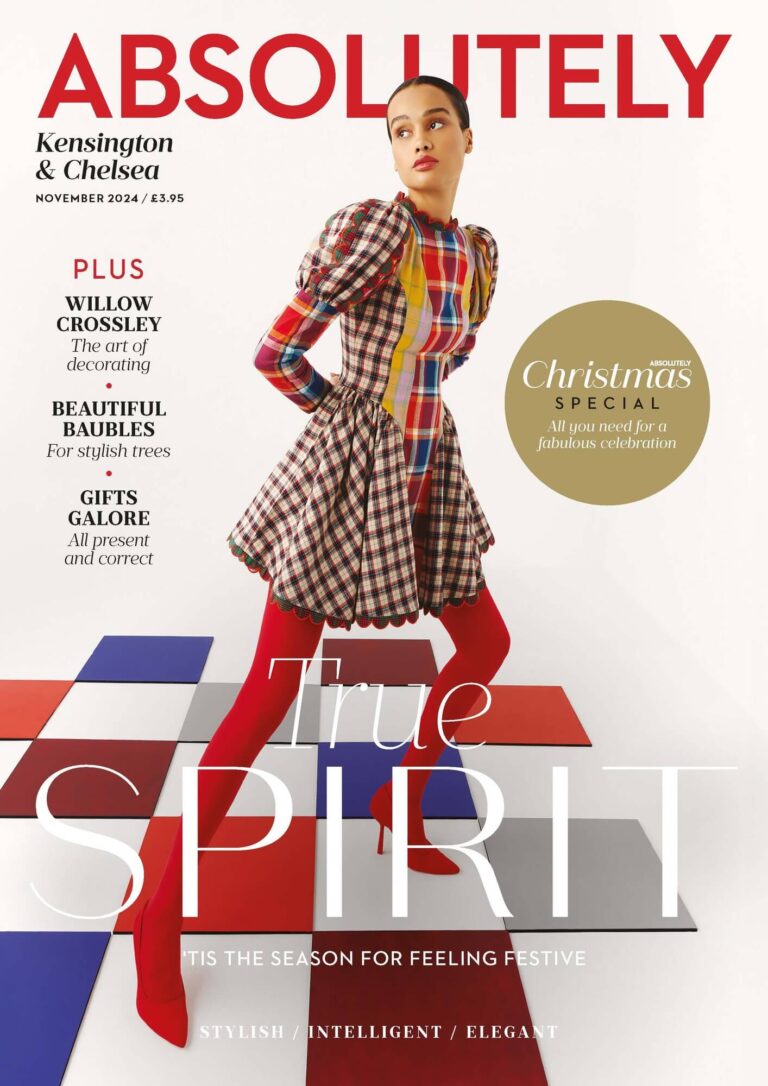Writing cover letters doesn’t have to be hard. Take a look at these six tips to ensure your cover letter gets noticed
Words Sabrina Nunez
KNOW WHO TO ADDRESS
Personalised greetings go a long way in a sea of emails generically addressed, ‘Dear Sir/Madam.’ These days, it’s fairly easy to do some research and find out who your cover letter will be sent to. A quick browse through the company’s website or LinkedIn page should give you the info you need, otherwise just ask. Phoning the company and asking for the name of the hiring manager or person responsible for looking over applications can only help you and will let the employer know you really are interested. If all else fails, ‘Dear Hiring Manager’ is a respectable alternative.
RESEARCH, RESEARCH, RESEARCH
Your cover letter should be tailored to the company you’re applying to rather than a document where you’ve clearly copied, pasted and altered a few words. Employers can tell when you haven’t put in any effort into customising your cover letters, which doesn’t bode well for you. The more you can speak about a specific company or position, the greater your chances of getting an interview.
SHORT AND SWEET
A good cover letter can get all its points across in one page. Breaking it up into several paragraphs also helps to keep it concise and organise it in a way that’s easy to read. By using short paragraphs, you can dedicate one to the company, one to the position, one on your experience and another on your interest in the company and why you’re the best fit. This will invite the reader to look over your CV for more information, and hopefully, lead to an interview for the full picture.
PROPER LAYOUT
The standard way to organise your cover letter is as follows:
– Your name and contact details on the upper right-hand corner
– The company name and address on the upper left-hand corner
– A Greeting with, ‘Dear Mr or Ms Employer,’ to open
– Intro expressing interest in the position (one-two sentences)
– The main body
– Complimentary close (Yours faithfully, Yours sincerely,)
– Your signature and printed first and last names
SMALL DETAILS MATTER
Reviewing the page for proper grammar, spelling errors and overall appearance ensures you’ll be taken seriously by a prospective employer. Plain, white paper with a readable black font may seem boring, but it’s easy on the eyes. This is important because employers have to sort through stacks of applications. Print preview to make sure the formatting looks good and that everything sits well on the page.
TAKE ACTION
This is your chance to show an employer that you’re the best candidate, so a passive voice won’t work. Use action words and phrases to show you are keen, driven and passionate. Also, make sure you can speak well about your skills and accomplishments. Being confident and secure in what you can bring to the table will make employers take notice.







